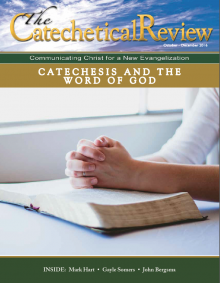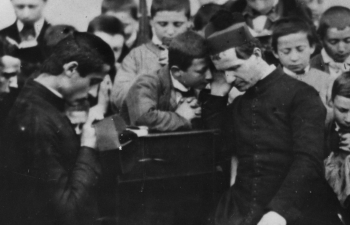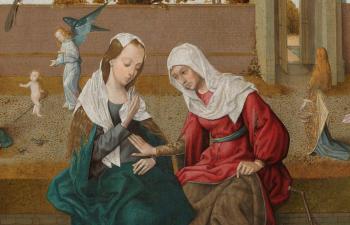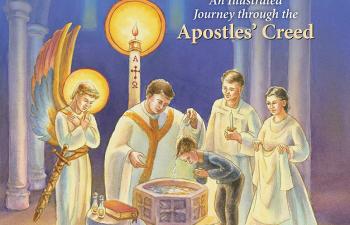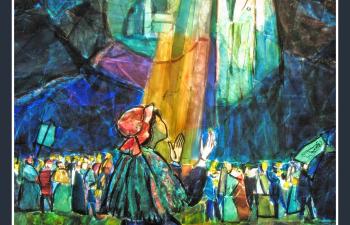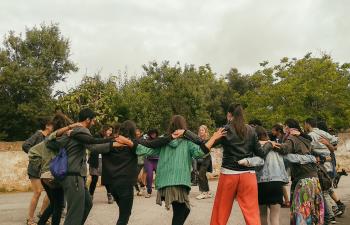Nearly four decades ago, Pope John Paul II posed some prophetic questions in Catechesi Tradendae. These questions are directed both to the entire universal Church and to all local churches: “How are we to reveal Jesus Christ, God made man, to this multitude of children and young people, reveal Him not just in the fascination of a first fleeting encounter but through an acquaintance, growing deeper and clearer daily, with Him, His message, the plan of God that He has revealed, the call He addresses to each person, and the kingdom that He wishes to establish in this world with the "little flock"?[i] These questions are as relevant today as when the pope first raised them. Indeed, preachers, teachers, and those who bear witness to the faith reveal Jesus Christ to the multitude of young people. In different places and in various ways religious educators are developing new ways of reaching out to young people through a language and medium that they can understand, but there is still much to be done. Even though the modern world provides a variety of communication media, many parishes continue to employ only traditional methods of transmitting the faith. The Need for Communication Technology Certainly these traditional instructional methods still have their place, but in catechesis we do more than simply pass on and memorize information. The instruction we aim for is one that leads to ongoing conversion and to an intimate relationship with Christ. While Jesus engaged in direct traditional instruction, he also made use of oral media such as parables, stories, and proverbs to help his listeners relate to and internalize the lessons he taught. Baraka Ngussa asserts that “Jesus, the great teacher taught using media resources that could facilitate effective learning to his audiences. He used such media resources as fish, fig tree, nature, etc.”[ii] Jesus knew the power of stories and that stories draw the attention of people and are easier to remember than abstract theological postulations. Jesus’ teaching had the end goal of leading people to the Father, not creating theologians. He often chided the scholars of his time for missing the “big picture” of salvation. Today’s teachers and preachers can make use of the best teaching practices available, just as Jesus made use of the teaching styles available in his days. As far back as 1950, Marshall McLuhan spoke prophetically to a group of educators on the “Electronic Effects of the New Media.” He said many teachers would end up as displaced persons if they were not able to key into the fast changing digital world.[iii] Digital instructional media can effectively complement traditional methods of instruction. When faith lessons are enhanced with audio-visual media the young people born into a digital culture can easily understand the media language. Catechesi Tradendae advises that “Catechetical activity should be able to be carried out in favorable circumstances of time and place, and should have access to the mass media and suitable equipment…seeking out and putting into operation new methods and new prospects for catechetical instruction.”[iv] One wonders why the use of multimedia in faith formation is not more widespread, even in those parishes that have the means to do so. One reason is that many parishes rely on volunteer catechists, who have generously accepted that call to teach but are nonetheless in need of basic training on managing a classroom, preparing a lesson plan, and many times default to simply using the textbook. While a good amount of time is spent addressing these issues in catechist training, it would also help to address some of the underpinning learning theories, as well as their complementing multimedia techniques, to give them an in-depth understanding of current teaching methods.
The rest of this online article is available for current Guild members.
This article is from The Catechetical Review (Online Edition ISSN 2379-6324) and may be copied for catechetical purposes only. It may not be reprinted in another published work without the permission of The Catechetical Review by contacting [email protected]


